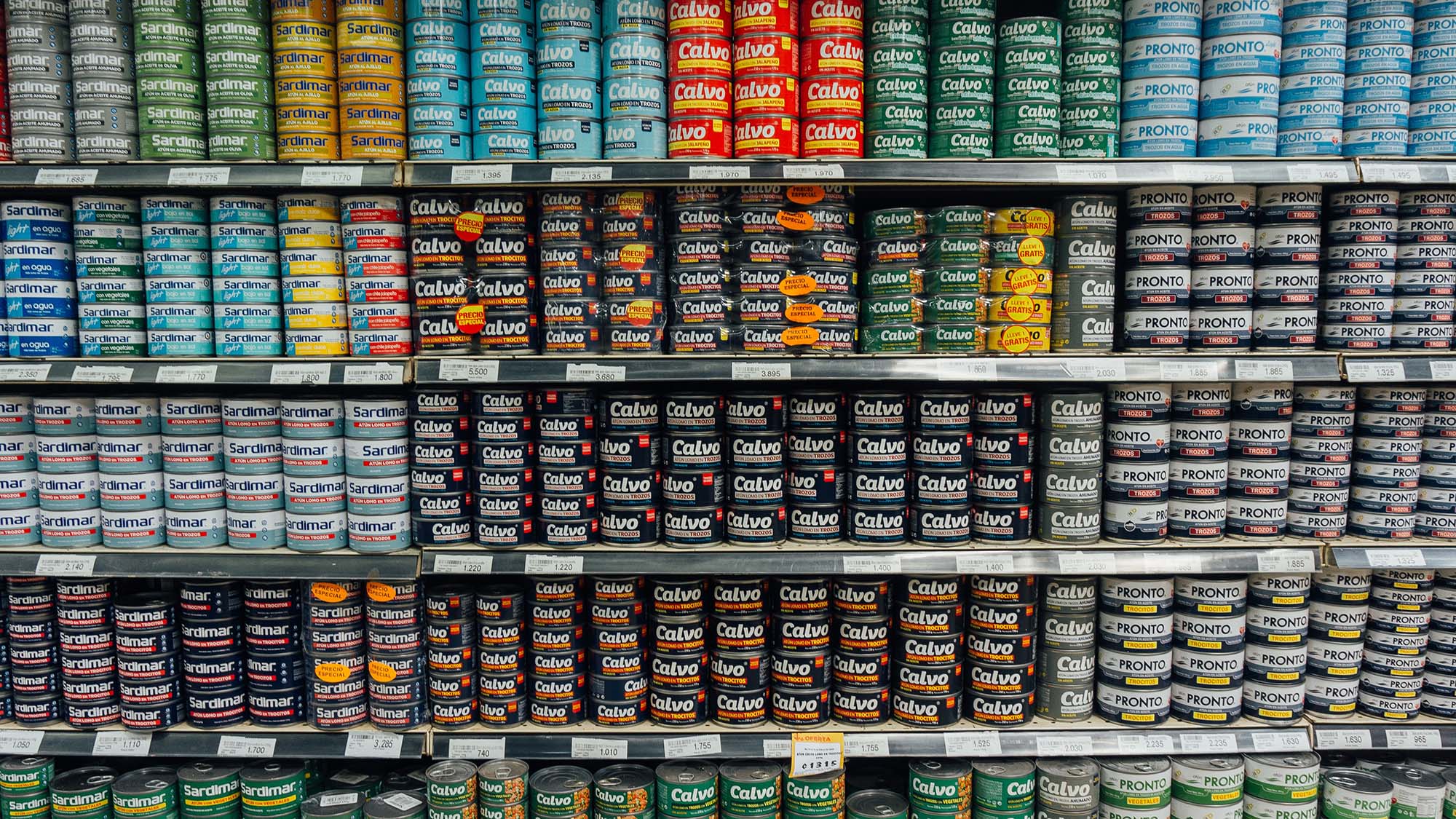When you’re setting up your e-commerce site, the product description can be a game-changer. How many times have you looked at a product, liked the picture, but then couldn’t find the details you needed to cinch that purchase?
A good description not only provides your customers with that last piece of the puzzle for them to click the “Buy now” button, but it also helps immensely with search engine optimisation. The more you put in, the more those all-important keywords will pop up in a potential buyer’s search, especially those long-tail keywords where it might only be a few hundred people searching for that exact term, but they’re not looking to browse, they’re looking to buy.
But what do you do when your products aren’t…well…that exciting? They might be important things, they might be needed things, but they’re not exactly making people’s heart race with excitement.
I’ve had that problem. I used to work for a camping/caravanning/outdoors company, and for every fancy carbon fibre racing bike and elaborate survivalist multi-tool I wrote about, I also had to write about hitch covers. Wheel levellers. Chemicals for portable toilets. Car floor mats. Those velcro-strip door screens to keep the bugs out. So many things that were so incredibly boring.
But there are ways to make even the most boring product sound interesting. Or, at least, more interesting than the competition. And, in the end, isn’t that what counts?
Include all the specifications
What did the manufacturer include with the product? Do you have all the dimensions? What’s it made out of? How much does it weigh? Does it have a weight capacity? What’s included in the package? Do you have one on hand to measure yourself? A lot of e-commerce sites don’t include all those details, and it can be really difficult to judge products online from a photo alone.
Plus, if you include all the specifications, and give them the right metadata, you haven’t just made it easier for your buyers to know exactly what they’re getting, you’ve made it infinitely easier for search engines to pick you up.
List all the variations
Does it come in different colours? Fabric types? Sizes? If there are variations and you’re including them in the same product listing (instead of listing each one separately), you can also include the variations in the product descriptions. Tell your customers what the options are.
By including it in the product description along with the product selector, you’re reminding your visitors that the option exists. Plus, again, search engines. They love seeing content, and if you include the variations in your description, then you’ll get people who search for “red tow ball cover” and “blue tow ball cover”.
If a particular variation does go out of stock permanently, you will have to change your product description, but, to be honest, you should be reviewing them regularly anyway.
Describe every detail
What makes this product different from others? What does it come with? How does it look? How does it feel?
The easiest way to start with this is to write out the product specifications. Rather than just a table of figures, rather than a list of ingredients, explain what’s in the product. Explain what it’s made from. Write out the abbreviations. Describe the finish.
When I used to write about bikes, I’d include every single possible detail the manufacturer gave me. What types of brakes were used. What the frame was made out of. What shape the handlebars were in. What the saddle was made out of. If I had the information, it was written out in full detail in the product description, giving the customer all the information they would need before they purchased a bike online. And with those descriptions, it was easier for customers to find exactly what they were looking for, whether it was calliper brakes or disc brakes, cro-moly frame or aluminium frame, and a foam saddle or a leather saddle.
Explain how it’s used
Sometimes the customer will have no idea what they’re buying – they’ve just been told they need this thing, and you have this thing on sale. Other times, the customer knows exactly what they need, knows exactly how it works, but thinks you don’t know what it is, and so you can’t be trusted to provide them with the right product.
That’s where writing out the instructions come in. You don’t have to write down every single step like it’s flat-pack furniture, but if you can explain how your product works, you’re not just helping the new customer, you’re also showing your credibility with your experienced customer.
At the place I worked, we had a huge collection of products where the only descriptions provided by the manufacturer were poorly translated into English from their original language. I went through every description, figured out what they were trying to say, figured out how the products worked, and rewrote each description to not just include the necessary details, but also how the product would work on the customer’s caravan or motorhome. And it helped our customers so much – not only did they know exactly how it’d fit, but they also knew exactly what product they needed, cutting down on our returns as well as increasing our positive feedback.
Imagine where it goes
So you’ve explained what it is. And you’ve explained how it works. But you can also include the aspirational side of the product. What can your customers do with this? Where can it take them? How can it make their lives easier?
Admittedly, it’s a lot more difficult with some products. Special toilet paper designed to work with chemical toilets doesn’t exactly inspire stirring emotions, but you can still work with what you have. If it’s used with something, how do you customers use that? How does it help that other product? How does it combine with other products you have?
You want your customer to see themselves using your products. You want them to think about how much better it’ll make things for them. And, with all the details, with all the instructions, and now with all the possibilities, they’ll not just click on that “Buy” button, they’ll come back for more.


